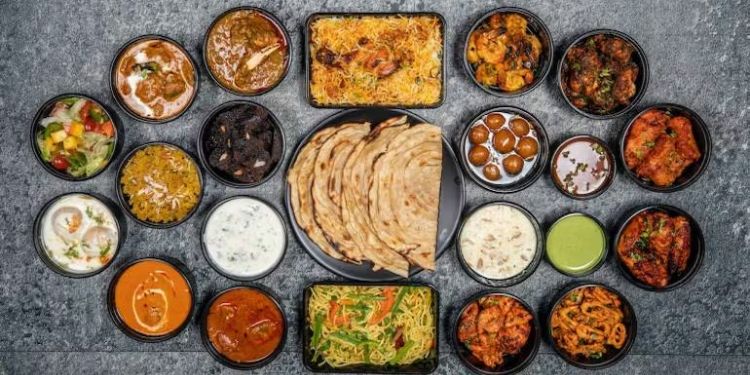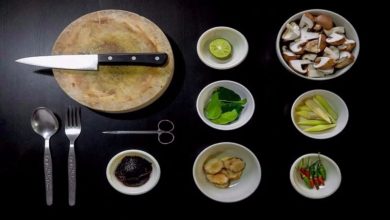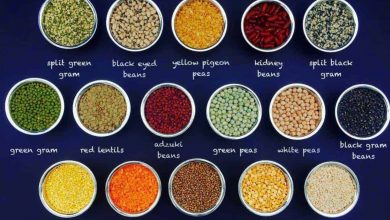Indulge in the Flavors of India: A Guide to Indian Cuisine

Indian cuisine is a colorful tapestry of flavors, aromas, and textures that has captured the hearts and taste buds of food enthusiasts worldwide. With a history as rich and diverse as its dishes, Indian cuisine is a journey through a myriad of tastes and spices. In this guide, we invite you to explore the world of Indian cuisine, delving into its regional specialties, culinary traditions, and the art of savoring each bite.
The Essence of Indian Cuisine
Indian cuisine is a reflection of the country’s cultural diversity and rich history. With its roots in ancient traditions, it has evolved over thousands of years, influenced by various regions, religions, and communities. The heart of Indian cooking lies in its use of spices, which are expertly blended to create distinct and complex flavors. The “masala,” or spice mix, is at the core of Indian cooking, and each family has its secret blend passed down through generations.
Regional Diversity
India is a land of diverse regions, each with its own culinary identity. In the north, you’ll find rich, creamy gravies and bread like naan and paratha, inspired by the Mughal cuisine. In the south, rice takes center stage, and dishes are often accompanied by tangy chutneys and coconut-based curries. The coastal regions offer a bounty of seafood, while the northeast showcases bamboo shoots, pork, and unique herbs. The western state of Gujarat is renowned for its vegetarian thalis, and Punjab is famous for its hearty tandoori dishes. The fusion of flavors is a testament to India’s rich heritage.
Popular Indian Dishes
Indian cuisine boasts a vast array of dishes, but a few have gained worldwide recognition. Among the most beloved is “Chicken Tikka Masala,” succulent pieces of marinated chicken cooked in a creamy tomato gravy. The “Biryani,” a fragrant rice dish with aromatic spices and tender meat, is another favorite. Vegetarians can relish “Palak Paneer,” a creamy spinach and paneer (Indian cheese) curry, or “Aloo Gobi,” a comforting potato and cauliflower curry. “Dal,” a lentil soup, is a staple in most Indian households and provides a comforting, protein-rich base for meals.
Street Food Delights
Indian street food is a world of its own, with bustling markets and vendors serving up an array of delectable treats. “Pani Puri,” also known as “Golgappa” or “Phuchka,” is a popular street snack. These crisp, hollow puris are filled with spicy tamarind water, tangy chutneys, and a mixture of potatoes and chickpeas. “Samosas,” deep-fried pastries stuffed with spiced potatoes or minced meat, are a beloved snack. “Chaat,” a medley of ingredients like crispy fried dough, chickpeas, yogurt, and chutneys, offers a burst of flavors with every bite. “Kathi Rolls,” with their flaky parathas or rotis wrapped around spiced meats and vegetables, are a favorite on-the-go meal.
The Art of Spices
Spices are the soul of Indian cuisine, and each region has its signature blend. “Garam Masala,” a mix of cinnamon, cardamom, cloves, and other spices, adds warmth and depth to dishes. “Turmeric” provides a vibrant yellow hue and has numerous health benefits. “Cumin” offers a nutty, earthy flavor, while “Coriander” lends a citrusy, herbaceous note. The spice “Asafoetida” is known for its pungent aroma and digestive properties, while “Fenugreek” seeds bring a slightly bitter taste to dishes. The balance and combination of these spices are what make Indian cuisine so unique and complex.
Accompaniments and Condiments
Indian cuisine isn’t complete without its accompaniments and condiments. “Chutneys” play a pivotal role, from the sweet and tangy “Tamarind Chutney” to the fiery “Mango Pickle.” “Raita,” a yogurt-based side dish, cools the palate with its soothing effect. “Naan,” a leavened bread, and “Roti,” a unleavened flatbread, are staples that mop up the flavorful gravies. “Papad” is a crispy lentil wafer often served as an appetizer, and “Basmati Rice” is the ideal companion for biryanis and gravies.
The Sweet Finale
Indian desserts are a sensory delight, ranging from syrup-soaked delicacies to creamy confections. “Gulab Jamun” are soft, deep-fried dumplings soaked in rose-scented syrup. “Rasgulla” are spongy balls of paneer soaked in sugar syrup. “Jalebi” are pretzel-like spirals dipped in saffron syrup, offering a sweet and tangy kick. “Kheer,” a creamy rice pudding, is infused with cardamom and saffron, while “Halwa,” made from ingredients like semolina or carrots, delights with its warm and aromatic flavors.
Dining Etiquette and Traditions
Indian dining is not just about food; it’s a cultural experience. Traditionally, meals are often eaten with the hands, using the right hand for scooping food. Sharing food with others is a sign of hospitality, and it’s customary to offer food to guests. Additionally, the concept of “thali” meals, which feature a variety of dishes served on a single platter, is a delightful way to savor a wide range of flavors in a single sitting.
Street Food Etiquette
When indulging in Indian street food, it’s important to observe certain etiquette. Hand hygiene is crucial, so it’s advisable to carry hand sanitizer. It’s common to eat with your hands, but make sure to use your right hand, as the left hand is traditionally considered impolite for eating. If you’re dining at a street food stall, be prepared for a unique experience with the sights, sounds, and flavors of the local culture.
Experiencing Regional Cuisine
To fully appreciate Indian cuisine, consider exploring different regions. In the north, don’t miss the aromatic kebabs and the famous “Chole Bhature” in Delhi. In the south, savor the spicy “Chettinad” cuisine in Tamil Nadu. In the West, taste the flavors of “Dhokla” and “Fafda” in Gujarat. And in the east, indulge in the diverse culinary traditions of Bengal, including “Fish Curry” and “Rasgulla.”
Conclusion
Indian cuisine is a symphony of flavors, colors, and aromas that will delight your senses and open your palate to a world of culinary diversity. From the rich gravies of the north to the spicy curries of the south, and the sweet indulgences that complete the meal, Indian food is an unforgettable gastronomic experience. So, whether you’re a seasoned foodie or a curious traveler, make sure to indulge in the flavors of India, where each dish tells a story of culture, history, and tradition.



